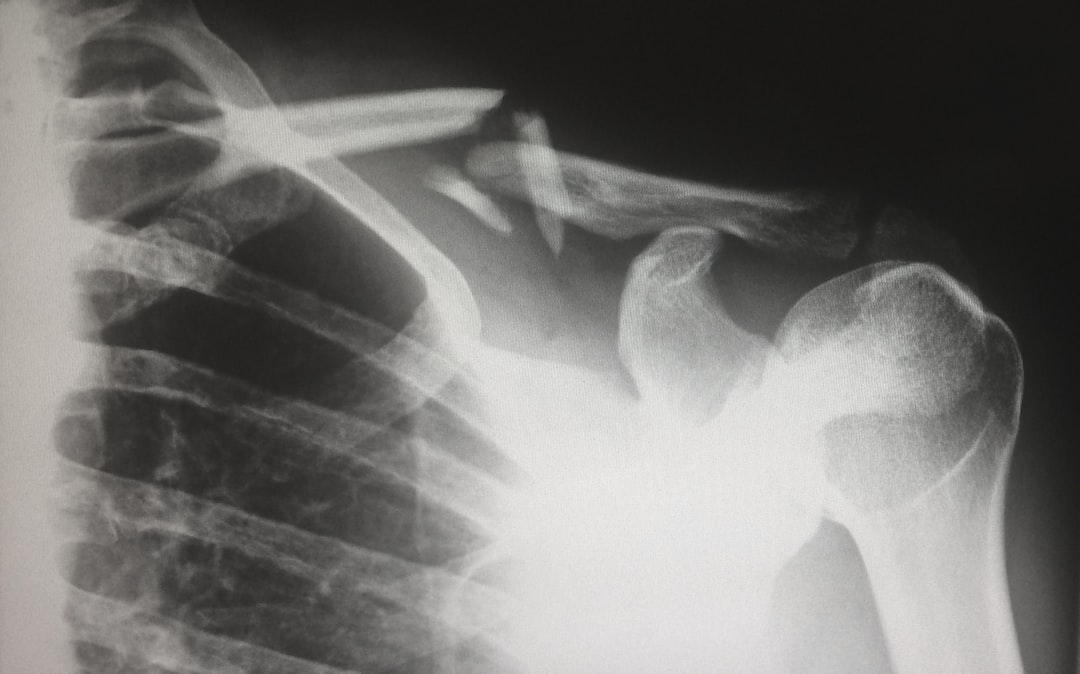If you’ve suffered a slip-and-fall accident, rejoice! You have the right to claim compensation for both financial and emotional damages caused by the incident. These losses include current and ongoing medical costs.
Documentation like existing medical bills, pay stubs proving lost wages, and receipts for travel and lodging for long-distance care can help support a claim. The severity of injuries also plays a role in the settlement amount.
Factors of Fault
While it’s not always possible to determine fault in a slip-and-fall case, several factors can influence the size of a settlement. For instance, permanent injuries can significantly increase the size of an average slip-and-fall settlement. Additionally, evidence of hazardous conditions leading up to the accident can lead to a large payout. These hazards include wet floors without warning signs, unsecured rugs on staircases, or inadequate lighting in the accident area.
If you are injured in a slip-and-fall, it’s important to document your damages as soon as possible. It can help speed up settling with the at-fault party’s insurance company or filing a lawsuit. Documentation can include medical bills, proof of lost wages as documented by pay stubs, and receipts for transportation and lodging when seeking treatment outside your home.
Even while money losses are the most frequent component of a slip-and-fall settlement, it’s crucial to take non-economic damages like pain and suffering into account as well. Victims may even be eligible for punitive damages due to extreme carelessness or malicious intent. The purpose of these penalties is to deter future misconduct by the liable parties.
Damages
Comprehending the losses that can be recovered in a slip-and-fall claim is crucial when evaluating an appropriate settlement sum. These cover monetary and non-monetary losses, such as suffering, lost wages, and medical care costs. They also cover your pain and suffering.
The extent of your accident-related injuries will be a key factor in calculating your overall damages. In general, the severity of your injuries will determine the amount of compensation you receive. It includes the cost of your medical treatment, including surgery if necessary, and any future treatment you may need. It also includes any missed work due to the injuries.
In addition to your economic damages, you may also be entitled to non-economic or general damages. It can include pain and suffering, loss of enjoyment of life, and mental distress. These are harder to calculate than monetary losses but can greatly impact your settlement amount.
The first step to proving these damages is to obtain as much documentation as possible. It includes your medical bills and prescriptions that detail the nature of your injuries. You will also need pictures of the scene of your fall, as well as any damage that was caused by the accident. Your claims for pain and suffering and any other non-economic damages you may be entitled to will be supported by the documentation provided.
Insurance Companies
The size of a slip-and-fall settlement depends on various factors, including the severity of injuries, medical expenses, lost wages, and pain and suffering. The degree of negligence, comparative fault questions, and other issues also play a role.
Regardless of the cause of your accident, it is important to document your injuries and losses thoroughly. It can include obtaining and saving receipts for medical expenses and maintaining physical therapy and other treatment records to demonstrate the extent of your damages. Detailed records can help you receive the highest possible slip and fall settlement.
Additionally, having an experienced personal injury lawyer by your side is essential throughout the process. These individuals will know how to deal with insurance companies and negotiate on your behalf. They can also ensure that all your economic and non-economic damages are accounted for, including any future expenses, such as those incurred due to permanent injuries.
Fighting against large insurance companies is no small task; without a qualified personal injury attorney, you could be at an extreme disadvantage.
Negotiations
During negotiations, your lawyer will present the evidence of your damages to the insurance company and ask them to pay you a fair amount for your losses. The negotiations typically include a back-and-forth exchange of offers and counteroffers.
Your lawyer needs to enter settlement discussions with a strong bargaining position. It means that your attorney will have built a solid case by proving that the party you seek payment for violated their duty to keep you safe through some unreasonably dangerous decision or action that caused your injuries.
Your lawyer will begin with known monetary damages, which can be calculated from existing medical bills and receipts for travel expenses to receive treatment outside your area, lost wages proven by pay stubs, and customary pricing models for similar services in your community. These amounts can then be multiplied by a number that accounts for your non-monetary losses (pain and suffering, disfigurement, etc.). This number may be adjusted for shared fault rules in your state, if applicable.
Your injury’s severity also influences how much the insurance company will offer to settle your slip and fall claim. Injuries with the most significant effects on your quality of life will often result in higher damage awards. If the insurance company is unwilling to agree to a fair settlement, you may be forced to file a lawsuit against them and take your case to trial before a judge or jury.



